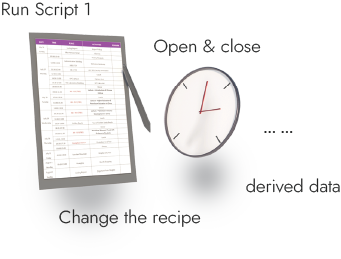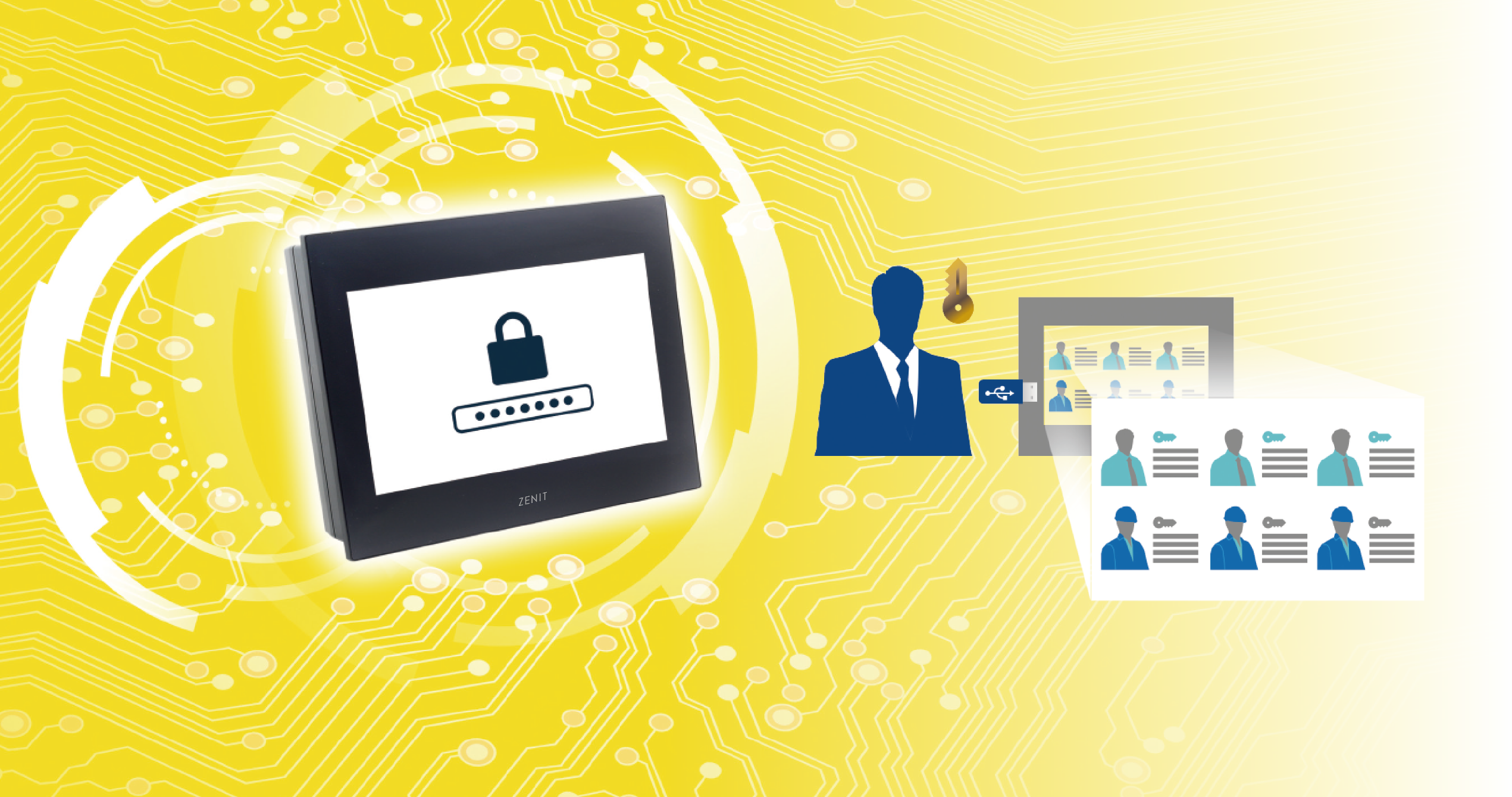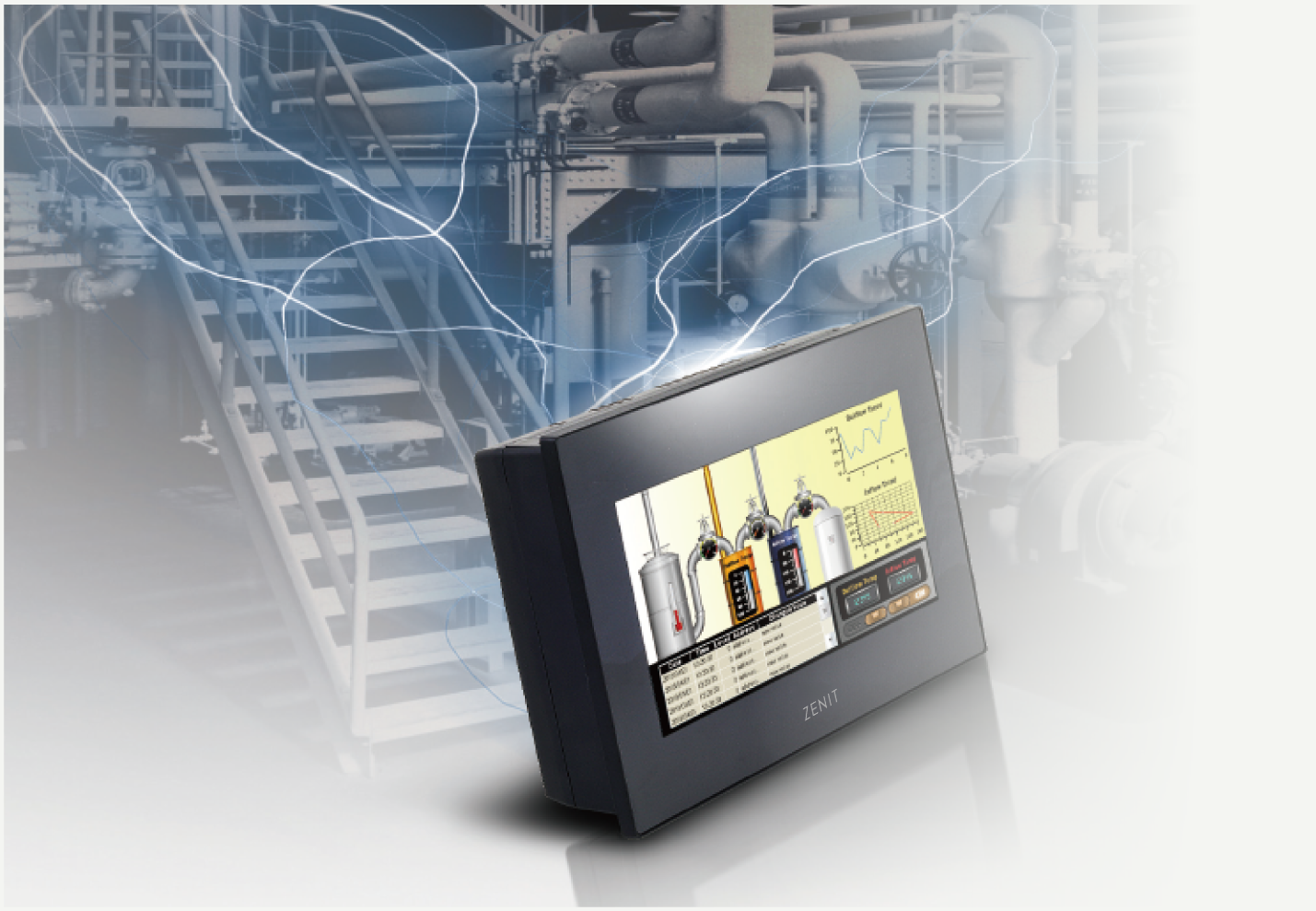Landscape Light Control

With the increasing improvement of urban functions and the enhancement of people's living quality, the construction of illuminated nightscapes has become crucial in outlining the second scenic line of the city, continuously optimizing citizens' nightlife environment, and shaping a modern city image. The quality of urban nightscape lighting has garnered significant attention. Urban landscape lighting primarily encompasses the illumination of road greenbelts, gardens and green spaces, building façades, public facilities, fountain pools, as well as various non-commercial advertisements, signboards, and storefront signs. As the scale of urban infrastructure construction continues to expand, the construction of urban landscape lighting has experienced rapid development, with the speed of development far surpassing that of streetlights.
Currently, the control of landscape lighting primarily relies on manual operations or time relays to achieve simple timing switches. Although this method is cost-effective, it lacks remote control capabilities, flexible management, and real-time monitoring, thus unable to truly meet the intelligent control requirements of urban landscapes.
▸ Customers have requested individual manual and automatic clock control for all lighting equipment within the expanded area of the amusement park. The clock control needs to meet the following requirements: the ability to adjust the timing for activation and deactivation from Monday to Sunday, with the backend freely setting the corresponding activation and deactivation times or directly disabling the automatic clock control function.
▸ Due to the importance of the automatic clock control parameters, only specific personnel are authorized to perform operations. Therefore, accessing this interface requires a specific account level; otherwise, access will be denied. Additionally, it is necessary to record the modification history of these parameters (including the operating account, modification time, and content of modifications). To simplify the process of accessing the system, which can be cumbersome if passwords need to be manually entered each time, a quick login method is desired, such as using a specialized USB drive for authorization.
▸ Since the control area is relatively large, it has been divided into four smaller zones. Some of the touchscreens will be installed in semi-open spaces or other less than ideal environments. Therefore, there are specific requirements for the protective level of the touchscreen's front panel, ensuring that water splashes or drips from any angle will not affect its normal operation.
▸ Apart from the individual control of each small zone, the control system also needs to be connected to a central control room for integrated control. The communication requirements must be reliable and stable.
▸ The automatic clock function can send control signals to the PLC through the scheduling function of the touchscreen, thereby controlling the lighting equipment. The scheduling function allows for not only setting the daily activation and deactivation times but also specifying individual activation days (e.g., only activating on Mondays, Wednesdays, and Sundays), providing greater flexibility in time control. The time setting parameters can be specifically configured through the schedule settings table within the function buttons, with a clear and intuitive layout that is easy to use. Additionally, the system connects to an NTP server to synchronize network time, ensuring accurate time without any discrepancies. Manual control, on the other hand, can be achieved through simple button operations.

▸ Access levels and permissions for the user interface can be configured through the security function on the touchscreen. This involves setting up corresponding accounts/passwords and security levels, as well as assigning specific security attributes on the clock interface (accounts with lower attributes will not be able to access). Additionally, parameter operation records can be achieved through the touchscreen's operation recording function. Simply select the parameters to be recorded (such as account ID, date and time, previous value, changed value, etc.) and configure the desired parameters for recording. This completes the recording operation.

▸ The protective rating of the touchscreen's front panel is IP65, ensuring that low-pressure water sprayed from any angle will have no impact on the operation and functionality of the touchscreen. The touchscreen employs a resistive touch technology, allowing for normal operation even when the screen surface is covered with water droplets.
▸ Due to the relatively long distance of approximately 600m between the main control room and the control cabinet, the touchscreen in the main control room utilizes an RS485 communication protocol to connect to the master PLC in the control cabinet for data exchange. Additionally, the touchscreen is equipped with built-in terminal resistance to prevent signal reflections during communication, ensuring stable transmission. It also possesses high noise immunity, effectively preventing electrical interference from the external environment or other equipment from causing downtime.

“Automatic clock control”
touchscreen comes with a scheduling function that allows for simple configuration to achieve timed activation and deactivation of lighting. This feature enables users to easily set up a schedule for the lighting system, specifying the desired start and end times for each day or even individual activation days. With this functionality, users can enjoy convenient and efficient control of their lighting system, ensuring that it operates according to their specific needs and schedules.
“Security Levels and Operation Records”
Access to critical parameters requires controlled permissions, and the corresponding operation records of these parameters can be logged.
“IP65 Protection Level”
The front panel has a protection level of IP65, ensuring that low-pressure water sprayed from any angle has no impact on the operation and functionality of the touchscreen.
“High Noise Immunity”
The touchscreen boasts powerful noise immunity, ensuring normal and stable operation regardless of the environment or interference.
The scheduling function of the touchscreen perfectly fulfills the automatic clock function, accurately achieving the timed control requirements for lighting equipment. The parameter interface allows for flexible setting of start and stop times. Important interfaces require login with account permissions to operate, and records of important parameter operations are kept for subsequent review. The front panel has a protection level of IP65, ensuring that low-pressure water sprayed from any angle has no impact on the operation and functionality of the touchscreen. The resistive touch technology allows for normal operation even when the screen surface is covered with water droplets. Communication over longer distances is achieved using the RS485 communication protocol. The built-in terminal resistance and strong noise immunity make the communication signals more reliable and stable.













